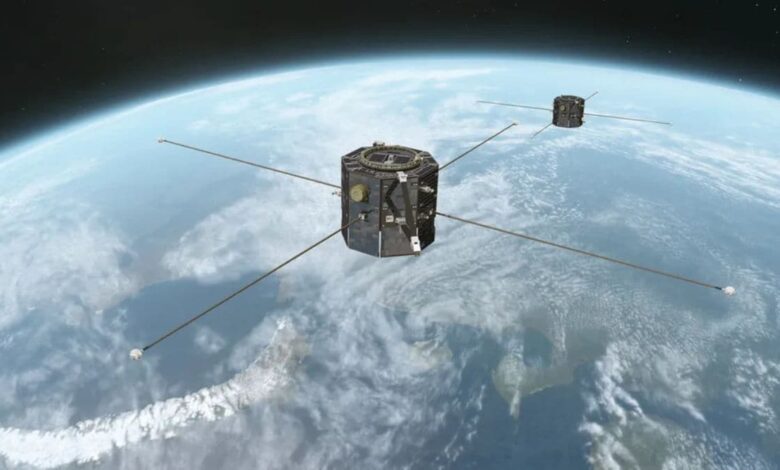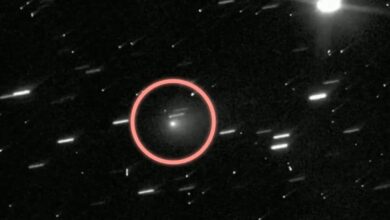NASA TRACERS Satellites: Shielding Earth from Solar Storms

NASA’s TRACERS Mission: Monitoring Space Weather
NASA has launched its Tandem Reconnection and Cusp Electrodynamics Reconnaissance Satellites (TRACERS) into low-Earth orbit. This mission aims to study magnetic storms that pose a threat to Earth’s atmosphere, communication systems, and orbiting infrastructure. Positioned in a sun-synchronous orbit, the twin TRACERS satellites will observe Earth’s polar cusps, which are funnel-shaped regions in the magnetosphere where solar particles and energy enter.
The $170 million TRACERS mission is designed to enhance our understanding of how magnetic reconnection functions in space. This phenomenon powers solar explosions and generates solar wind, which propagates throughout the solar system and influences space weather. By studying these processes, TRACERS will contribute to protecting our planet from the adverse effects of solar activity.
Understanding Solar Wind and Magnetic Reconnection
TRACERS will investigate how solar wind initiates disturbances in Earth’s magnetic field. This research will enable scientists to improve predictions of when and where such events may occur. The satellites’ close proximity to each other allows for near real-time comparisons of plasma and magnetic conditions, offering a significant advantage over previous single-satellite studies. This dual approach helps differentiate between changes caused by external factors and inherent magnetic variations.
Joe Westlake, NASA’s Heliophysics Division Director, emphasizes the mission’s importance in safeguarding critical infrastructure like GPS, power grids, and astronaut safety by enabling timely forecasts of solar storm activity.
TRACERS’ Role in Heliophysics
The TRACERS mission addresses a fundamental challenge in heliophysics: understanding the dynamic nature of magnetic reconnection, which can change rapidly. David Miles, the principal investigator, highlights the mission’s importance for basic research on the interaction between Earth’s magnetosphere and solar energy.
TRACERS operates at an altitude of 590 kilometers above Earth and collaborates with other missions to observe the Sun-Earth connection from various angles. This collaboration provides unique low-orbit data that complements broader heliophysics observations. The data collected will be crucial for developing strategies to mitigate the impact of space weather on our increasingly space-dependent society.
Mission Objectives and Expected Outcomes
The primary objectives of the TRACERS mission include:
- Studying the dynamics of magnetic reconnection in Earth’s polar cusps.
- Understanding how solar wind influences Earth’s magnetosphere.
- Improving forecasts of solar storm activity.
- Providing data to enhance space weather resilience.
Benefits of Improved Space Weather Forecasting
Better space weather forecasts can lead to:
- Enhanced protection of satellite infrastructure.
- More reliable GPS navigation.
- Reduced risk of power grid disruptions.
- Improved safety for astronauts in space.
| Benefit | Description |
|---|---|
| Satellite Protection | Minimizes damage from solar flares |
| GPS Reliability | Ensures accurate navigation signals |
| Power Grid Stability | Prevents widespread outages |
| Astronaut Safety | Provides timely warnings of radiation hazards |
In conclusion, the TRACERS mission represents a significant step forward in our ability to understand and mitigate the risks associated with space weather, ensuring the continued safety and functionality of our technological infrastructure.




